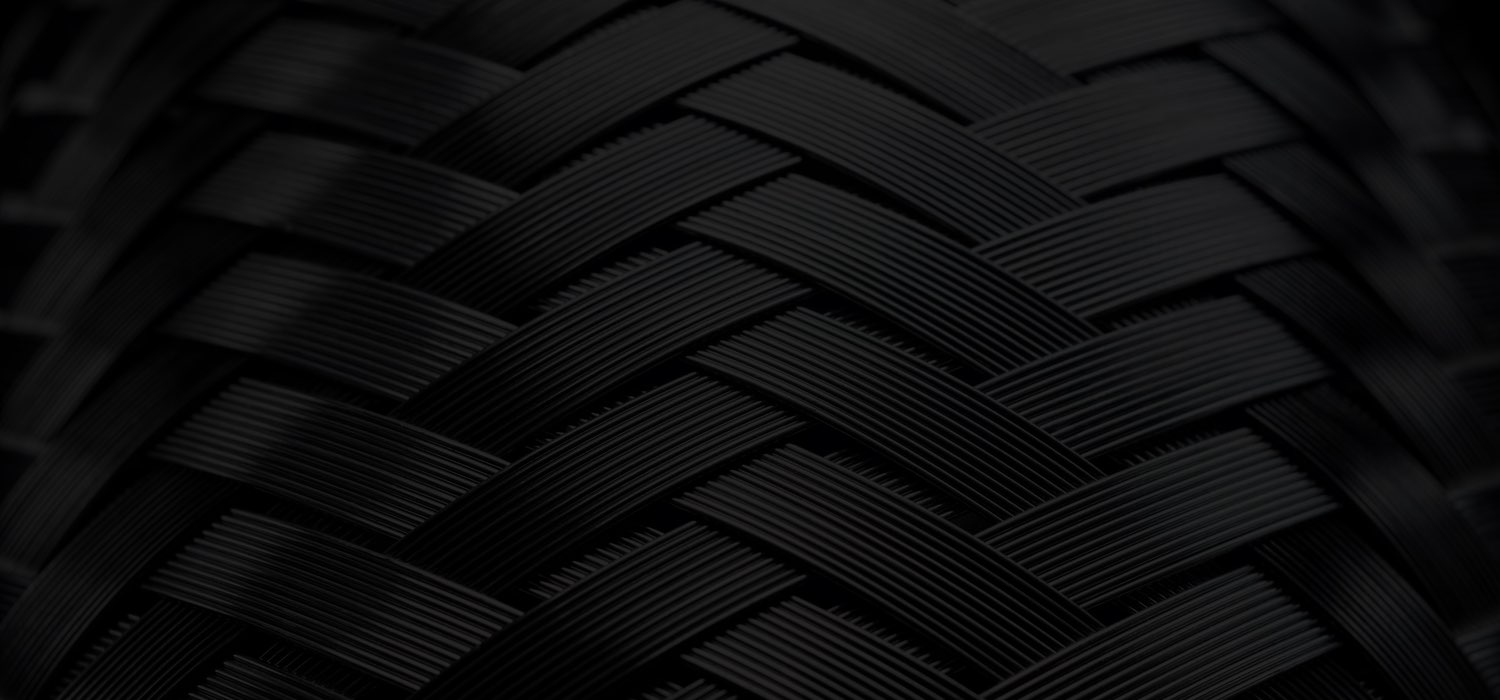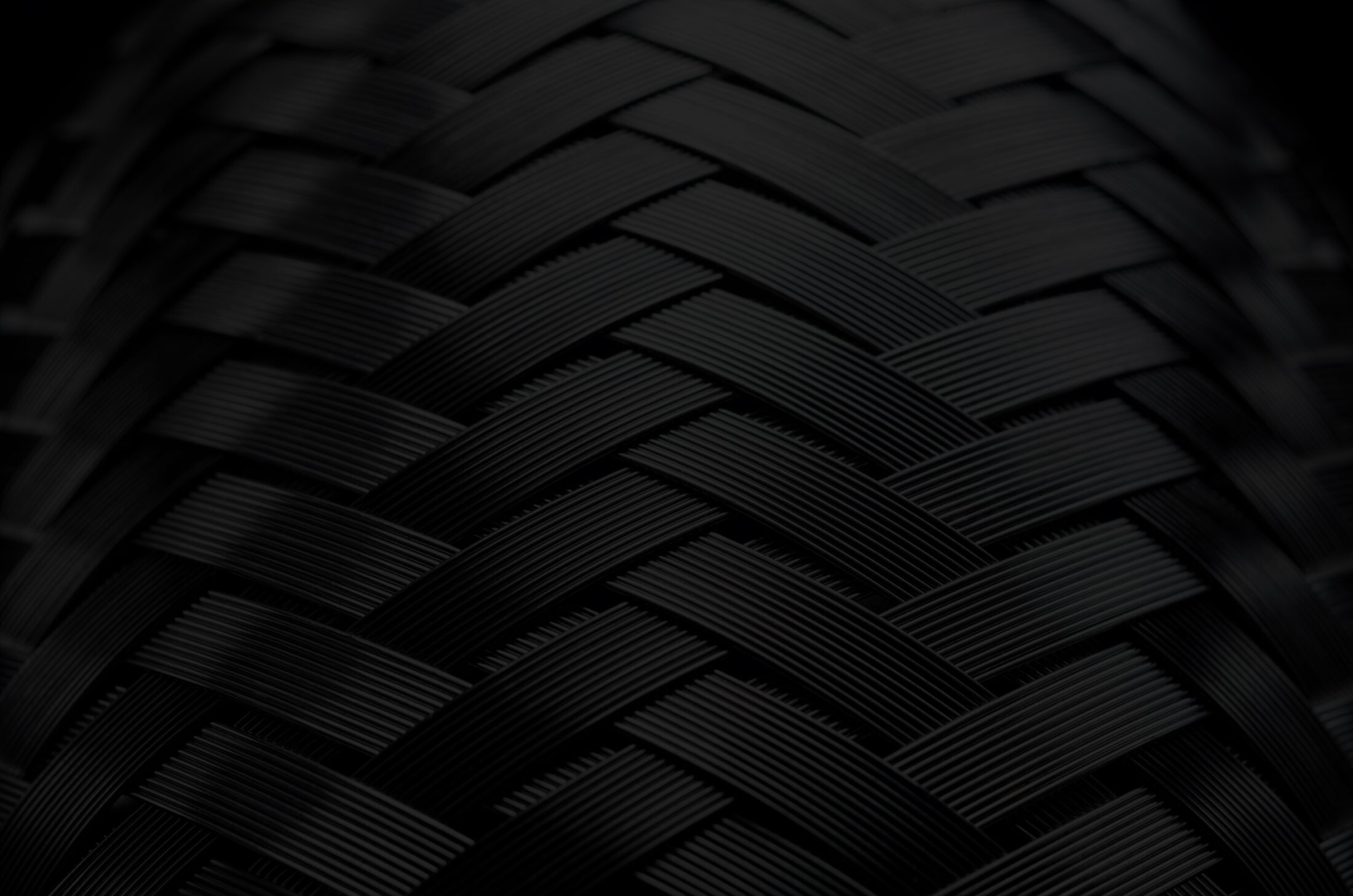
Frequently Asked Questions
FAQs
Metallic hose assembly questions
Here you'll find a list of the most commonly asked questions relating to metallic hose design and manufacture; but feel free to get in touch to find out more.
How often should I test my hoses?
At least once every 12 months to check its integrity.
Can metallic hoses take axial movement?
No, except in specialised configurations such as a V or U style assembly
Do metallic hoses allow lateral movement?
Yes , our technical sales team can calculate the lengths required to achieve this , or use our online calculation tool.
Can you provide identification tags?
Yes we can supply laser etched details including company logo if required on braid ferrules or sliding ring on hose.
Can you supply full material certs?
Yes full traceability can be provided along with pressure test certification if required.
Are your welders and weld procedures certified?
Yes ASME 1X welder qualification and BS9606-1.
What is the cycle life of your hoses?
Standard pitch up to 8,000 cycles and close pitch up to 50,000 cycles.
How do I measure a metallic hose?
Overall length including fittings , Cut piece of hose and Live length in between the braid ferrules.
Why should I use a metallic hose?
Extreme temperatures – 200 c to 600 c Fire resistance , Full vacuum , Corrosion resistance and Permeability .
What is the pressure drop of a metallic hose?
Approx. 4-5 times more than a smooth pipe of the same size.
What is the maximum flow velocity of a metallic hose?
150 feet per second Gas or 75feet per second Liquid , if in a straight hose , velocity above these figures the hose will require an interlock internal liner.
How long do metallic hoses last?
Metal hoses have a considerable life span when compared with rubber hoses , I certain applications they can last up to 20 years depending on working conditions.
Is there a minimum length metallic assemblies can be supplied at?
Yes, our technical sales team can advise.
What does safety factor refer to?
This refers to the rated working pressure in our catalogue and burst pressure being 4 times the working pressure therefore a 4-1 safety factor built into the figures
Can I use metallic hose at 800c or above?
Yes, they will require exotic materials either in Inconel rated up to 920C or Hastelloy up to 815C, please ask our technical sales for details.
Does pressure pulsations have an effect on metallic hoses?
Yes , pressure pulsations will effect the life of the assembly as the braiding can wear through the convolutions in time.
Does vibration have an effect on standard assemblies?
Yes, this depends on the amount of vibration , severe vibration causes the hose to fail due to the braiding sawing through the hose convolutions.
Will the OD change on metallic hoses whilst under pressure?
No, the hose will elongate instead.
How much will metallic hose elongate under pressure?
Approximately 3% to 5% of the length this depends on the type of outer braid and if it has been machine braided or hand braided
Can I increase the published working pressure of the hose by adding more braid?
Yes, standard assemblies can already be supplies with 2 braids, adding a third braid will increase its rating by approx. 15% adding further braids will not increase the rating any further a heavier hose with close pitch will be required instead .
Do different welding techniques improve the cycle life and corrosion resistance of the assembly?
Standard assemblies are TIG welded in accordance with ISO 10380 and cycle life is published in accordance with the specification. Welding using a different technique will not improve the cycle life of the assembly , but it will improve its potential lifespan.
The latest welding techniques heat the braids less, this eliminates braid embrittlement which can cause the braids to pull out of the ferrule resulting in premature failure at higher pressures. Fully argon backing of welds stops the last convolution from rusting therefore enhancing the corrosion resistance of the whole assembly.
What are your testing procedures?
As standard 100% of our hoses are tested in accordance with ISO10380:2012, unless otherwise stated. We can also offer high pressure testing or helium testing if required.
What quality standards are your hoses made to?
Our hose assemblies are manufactured in accordance with ISO10380:2012. Flexmetallic is also an ISO9001 certified company.
Are pressure ratings affected by increased working temperatures?
Yes there can be significant changes in pressure rating at elevated temperatures. Please see our pressure / temperature correction factor chart or contact sales office for advice.
What fittings can you offer on a metallic hose assembly?
In general assemblies are made to order and within reason can have almost any fitting attached. We do also have a standard range of common fittings available off the shelf.
What does burst pressure mean?
The burst pressure (BP) is the pressure at which the hose would burst. Metallic hose is manufactured with a 4:1 safety factor– please also see safety factor reference.

Get in touch
It’s time we talked, send a message
Speak to an experienced engineer to discuss your unique requirements